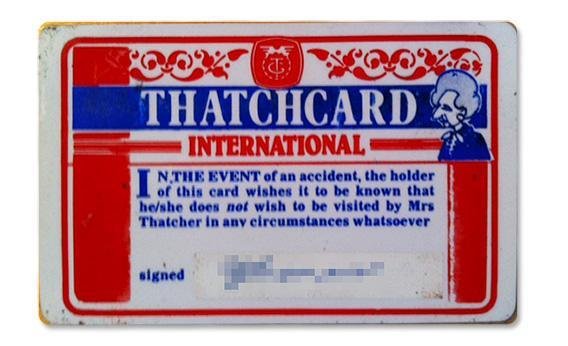
A strange omission from the attacks on Margaret Thatcher published over the past few weeks was her eagerness to appear at the bedsides of disaster victims. Lady Thatcher was something of an innovator in this field: long before Princess Diana announced that where there was suffering, that was where she wanted to be, and the Blairs began emoting in public places, she was touring hospital wards, bringing words of comfort, or being, in the approved style, 'visibly moved'.
As there were many disasters in the 1980s - IRA bombings, the Kings Cross Fire, Zeebrugge, the Clapham and Purley rail crashes, Hillsborough, Lockerbie, the sinking of the Marchioness - her ministrations became such a familiar sight that Private Eye proposed that readers carry a Thatch-Card, stating that in the event of an accident, they were, in no circumstances, to be visited by her.
She was not the most convincing of humanitarians. Instead of hugging, nestling or squatting, eye-to-eye, beside the sufferer of the moment, claiming to feel their pain, Mrs Thatcher preferred to pay tribute to the emergency services, then offer individual patients some bracing, can-do encouragement. After the Clapham crash, for example, she assured one survivor, 'I am sure if the doctors say it will be all right, it will be all right'. Still, Mrs Thatcher spoke from experience. She had survived the Brighton bombing. The jeering which followed her hospital tours may have had less to do with her stiffness, than the feeling that Mrs Thatcher was, as per usual, trespassing on royal territory. It was for the Queen, not this partisan harridan, to lead the country in a united expression of horror or sympathy.
https://www.theguardian.com/theguardian/1999/may/06/features11.g2
 = new reply since forum marked as read
= new reply since forum marked as read
